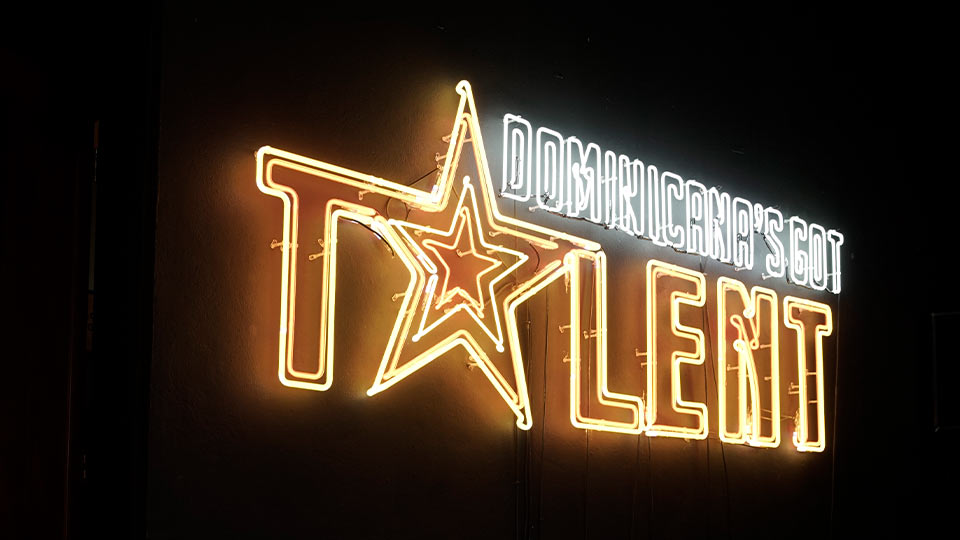
Tuto Guerrero, Director and Producer at Guerrero Filmworks, takes us on a historical journey of how he got his start in the film and TV industry, how he built his production team at Guerrero Filmworks, and how he produced the chart-topping reality TV show, Dominicana’s Got Talent.
It Starts With Passion
“I knew I was going to direct and produce since I was 8 years old,” said Guerrero. Growing up in a television studio, you could say TV production was in his blood. “My father was—and still is—a big producer in the Dominican Republic.”

“I was a kid that misbehaved a lot,” he admitted with a smile. “Every time I got in trouble at school, I would spend the day at the TV station as my punishment. It was actually a dream for me. When I touched a TV camera for the first time and the red tally went up, I knew that millions of people were watching what I was doing. I knew I wanted to do that again, and again. That’s how my passion for television and film started.”
That passion only grew stronger with time. By 19 years old, Guerrero started his own TV show, the first of many in his career. Soon, he was working with Dominican television stars, top international talent, and major brands like Red Bull. He established Guerrero Filmworks, a full-service audiovisual production company known for excellent television production, film and video production, and video editing services in the Dominican Republic.

Talent Behind The Scenes
In 2015, Guerrero was offered the opportunity of a lifetime: to create the Dominican version of America’s Got Talent. An opportunity, he admits, that he almost passed on.
“At the time, I wasn’t interested in the project. I was working on the script for a film I was trying to do. But Gilbert Morillo, a film producer and good friend of mine, told me he was interested in developing the project with me based on my television background. He had already contacted Fremantle and invited his daughter, Nashla Bogaert, David Maler, and me to watch America’s Got Talent in New York. I figured I would go see AGT, enjoy the experience, then kindly pass on the project after that.”
Watching America’s Got Talent changed everything. “I was mesmerized,” he beamed. “It was the first time I was watching how Americans did television. Watching the crew working—a really professional crew—and how everything just worked so perfectly. At that moment, I wanted to make this happen. I wanted the adventure.”
We all became partners, and the adventure began.
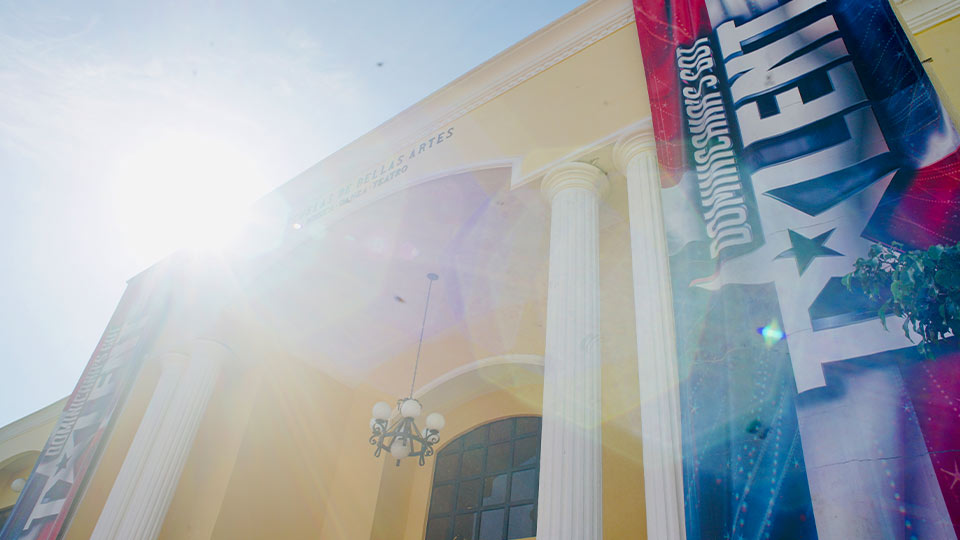
Adapting America’s Got Talent for the Dominican Market
Guerrero and his team spent nearly three years in pre-production and sales, ensuring the budgetary and technical operations were taken care of for the Dominican Republic’s local Got Talent franchise.
“We had to reverse engineer the whole show to adapt it to the Dominican market,” Guerrero said. “They give you all these documents, a bible that adapts to other countries, but it’s different in the DR. Making something like this wasn’t possible.” Or, so it seemed.
Guerrero’s team did a small casting call and saw an outpouring of talent. “We have the talent. There’s no doubt that we have the talent. And we have the budget. This is a $2 million project in the DR, and that is a humongous budget for a television program.”
“We have all the ingredients, now it’s time to prepare the soup,” he added.

Theater Setbacks
“In the DR, the local theaters are government-controlled,” he explained, “and not many places could have this show installed for a month and a half like we needed for the first phase of the show.”
After some searching, they found the perfect location: a local theater that was being rebuilt. It had nothing on the schedule to interfere with production, and it would look freshly remodeled for the show. Guerrero booked it thinking it was his last major hurdle to overcome in pre-production.
But the remodel fell significantly behind schedule, jeopardizing the comfortable post-production cushion he had factored into the timeline.
“We couldn’t move the launch date,” Guerrero asserted. “We had sponsors and contracts to answer to, so that wasn’t an option. What changed was our post-production timeline. We were going to have a really good edit window, but the delay with the theater pushed us back.”
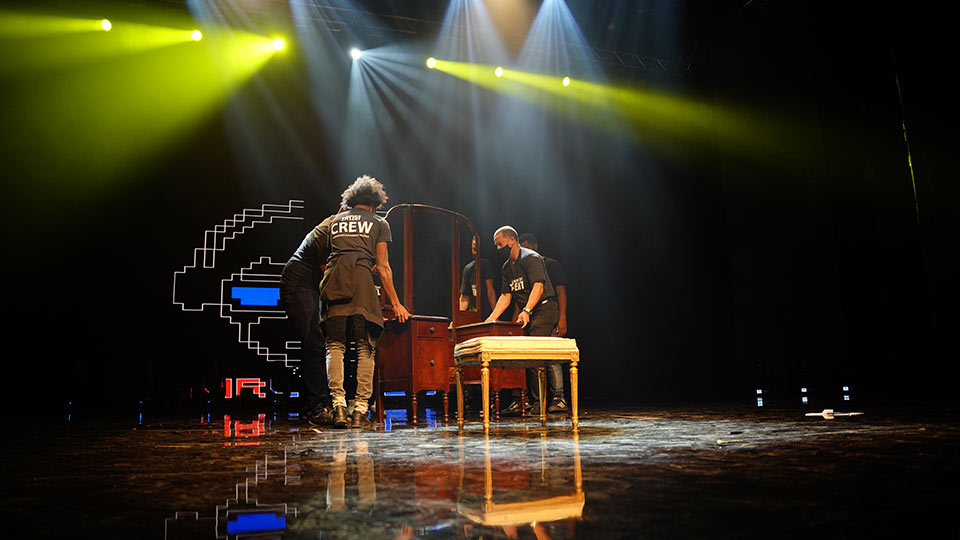
Filming Dominicana’s Got Talent
“I had 13 television broadcast cameras working in 1080p,” said Guerrero, “and I took my RED camera to do all these slow motions in the show. Then, I had 9 sets that were running with Blackmagic cameras, also shooting in 1080p.”
The sets were used for holding areas and interviews before and after performances. All of the content from each camera was uploaded to the production team’s EVO shared storage server daily for cataloging and cutting.
“We uploaded about 10TB of data to the server every day while the team was editing. We were cutting in between every camera, and all these streams were running at the same time. It was faster this way than doing traditional multicam. If we wanted to add in the slow motion, we would drop in the RED that was shooting 6K, 200 frames per second.”
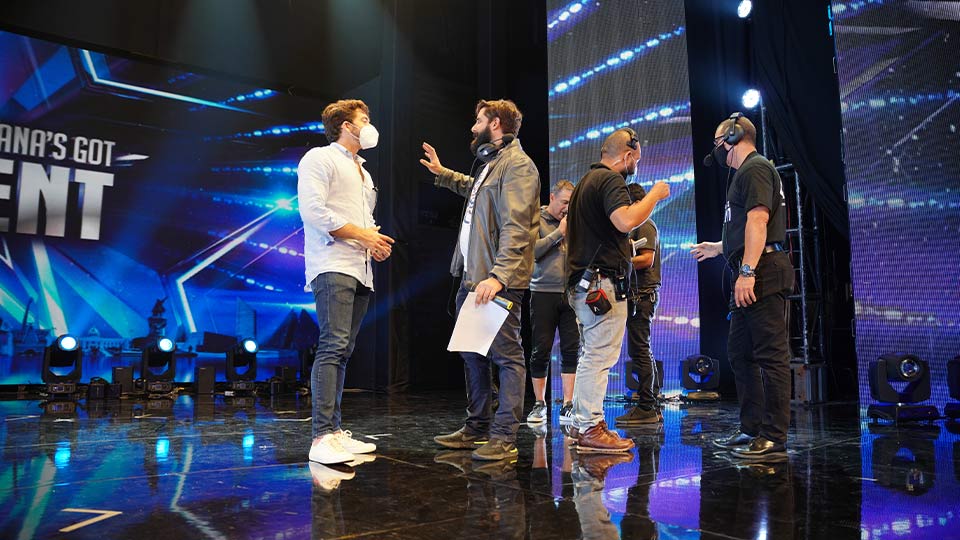
The Power Of Storytelling
To explain how critical storytelling was to the show’s success, Guerrero recalls one of his favorite memories from Dominicana’s Got Talent, Season Two.
“We had a cancer survivor on the show with a really incredible story,” he said. “She was still fighting cancer, having trouble walking, and this was going to be her first time singing in public. She starts to sing, and she sings beautifully. In the middle of the song, she forgets one of the lyrics. You can see her trying to remember…”
“Then, one of the judges yells out in support, ‘keep going, you can do it!’ By the end of the performance, everyone was overwhelmed with emotion—the judges, the production crew, everyone. It was so powerful.”
The show was filmed without a live audience due to the COVID-19 pandemic, but Guerrero wanted viewers to experience the performance with as much emotion as he felt in the theater that day.
“We knew we had something special, and I felt it was something the country really needed. But, we didn’t have a lot of time to make this cut. That’s where our editing workflow made all the difference.”
DGT’s Editing Room
Guerrero and his team relied on their EVO shared storage server and its included ShareBrowser media asset management software to store, organize, and collaborate on the many hours of media they produced for Dominicana’s Got Talent.
His assistant editing crew organized everything by contestant name. The media was tagged with relevant metadata and neatly organized into ShareBrowser bins for the editors to find exactly what they needed, when they needed it. By the time an editor started on a project, everything was ready for them to piece together the perfect story as soon as they opened their timeline.
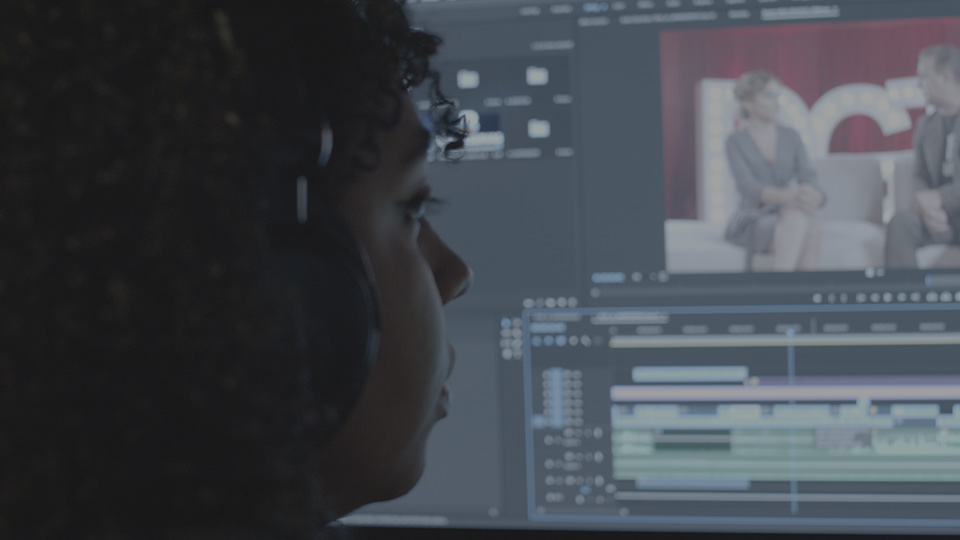
“We could lay out the whole trip that she went through,” Guerrero said, speaking again of the contestant in Season Two. “We squeezed every frame that we could possibly get to make this powerful story. Our EVO system basically deletes the barrier into the technical for us, so we can just go inside and be artistic. And that’s what it should be. That’s the best thing that we have with the EVO.”
Given the delay from the theater and its impact on post-production, Guerrero said EVO helped them deliver Season One in the shortened time frame. And for Season Two, EVO’s included MAM and remote editing tools made the impossible possible once again.
“EVO was mission critical for both seasons of the show,” Guerrero added. “We couldn’t have made Got Talent without it.”

That’s A Wrap
After two successful seasons, Dominicana’s Got Talent is ready for round three. Guerrero is again executive producing the show, scheduled to air in 2022.
Learn more about the TV production and video editing gear that Executive Producer Tuto Guerrero used to produce Dominicana’s Got Talent in Guerrero Filmworks uses EVO for Dominicana’s Got Talent.
For more information on shared storage and media asset management solutions for film and television production, contact SNS.
